Info
Subfamily: Panicoideae
Genus etymology: Melinis = Greek, derivation obscure: either from meline, resembling millet, Panicum miliaceum L., or from melas, because the caryopses are sometimes black, or from meli, honey, because of the sweet smell of some species
Species etymology: scabrida = "becoming rough" [Latin] refering to the plant being rough to the touch
Photosynthetic type: C4 (warm season)
Nativity: naturalized - accidental
First recorded in Hawaiʻi: 2005
Map
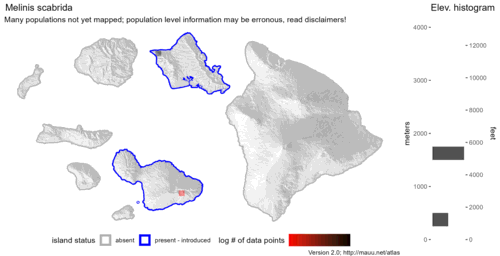
Inflorescence
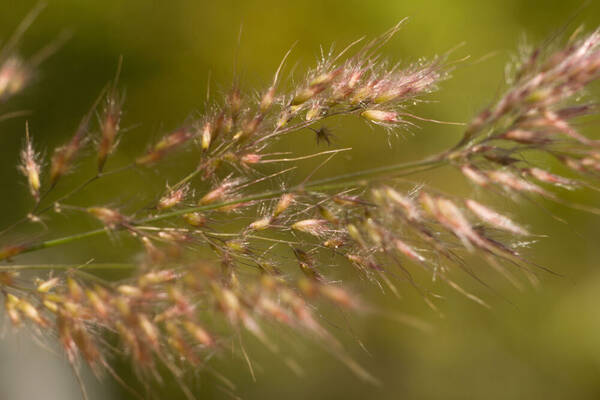
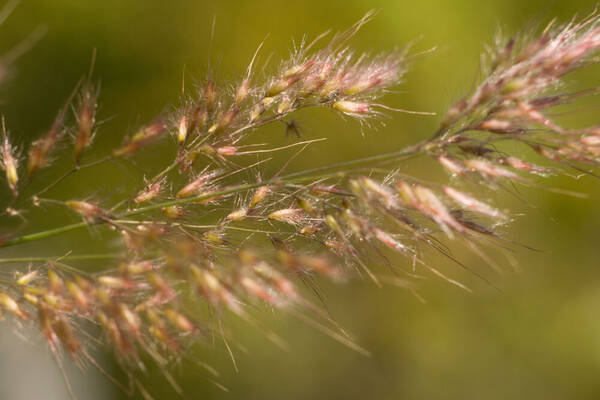
Plant
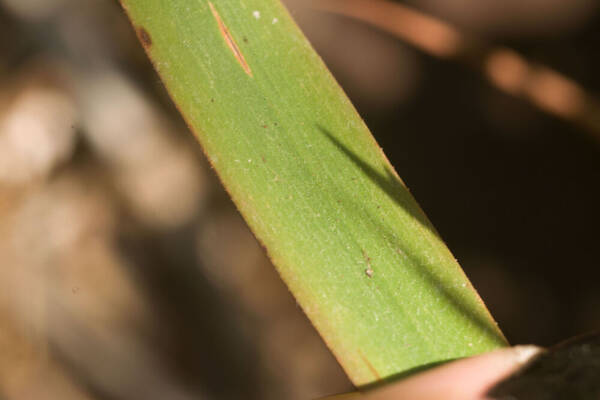
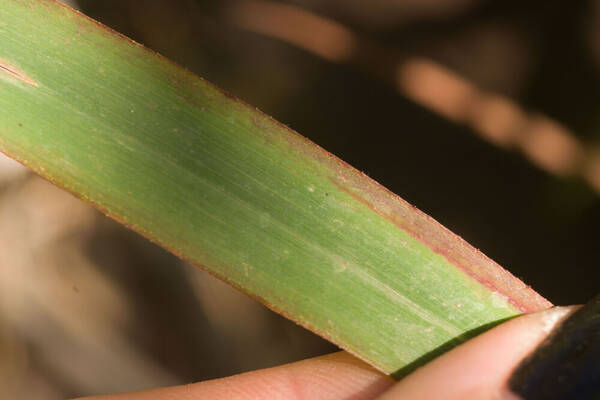
Spikelets
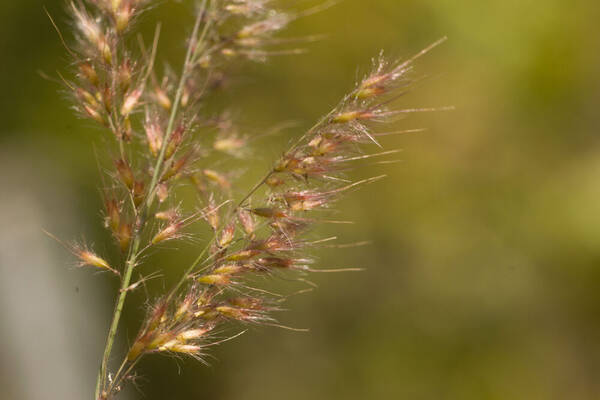

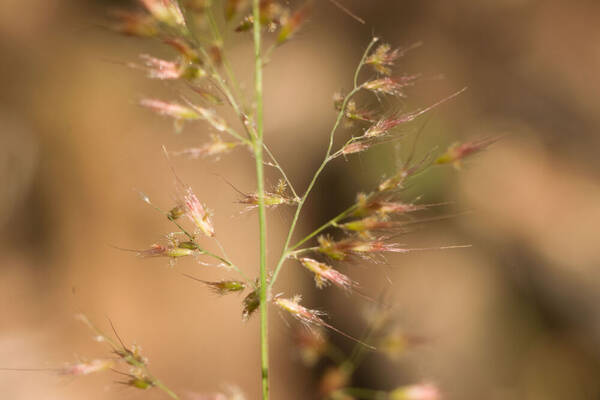
Node
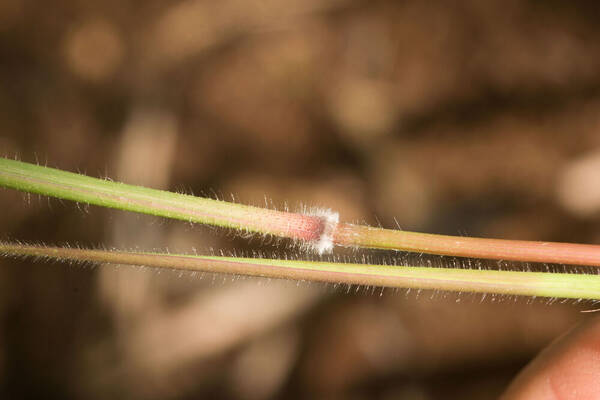
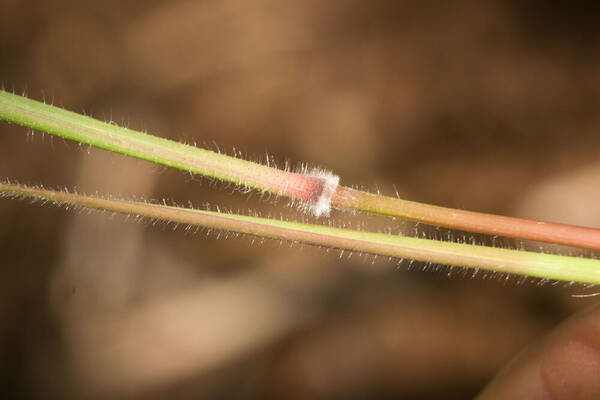
Description
Loosely tufted perennial; culms 30–60 cm high, geniculately ascending. Leaf-blades flat 5–15 cm long; pedicels glabrous or pilose. Spikelets oblong, 2–3 mm long, pubescent to pilose with hairs exceeding the tip by up to 1 mm; lower glume a little oblong scale 0.3– 0.5 mm long, inserted close to the upper glume; upper glume gently curved on the back, thinly chartaceous with a membranous tip, scaberulous on the margins, emarginate, with or without an awn up to 2 mm long; lower floret barren, with or without a palea (its keel scaberulous) the lemma similar to the upper glume with an awn 2–7 mm long.
(Description source: Clayton, W.D. & Renvoize, S.A. 1982. Flora of Tropical East Africa. Gramineae (Part 3). A.A. Balkema, Rotterdam. 448 pp. )
Loosely tufted perennial; culms 30–60 cm. high, geniculately ascending. Leaf-blades flat, 5–15 cm. long, 2–5 mm. wide, glabrous or hairy. Panicle narrowly oblong, 7–15 cm. long; pedicels glabrous or pilose. Spikelets oblong, 2–3 mm. long, pubescent to pilose with hairs exceeding the tip by up to 1 mm.; lower glume a little oblong scale 0.3–0.5 mm. long, inserted close to the upper glume; upper glume gently curved on the back, thinly chartaceous with a membranous tip, scaberulous on the margins, emarginate, with or without an awn up to 2 mm. long; lower floret barren, with or without a palea (its keel scaberulous), the lemma similar to the upper glume with an awn 2–7 mm. long.
(Description source: Clayton, W.D. & Renvoize, S.A. 1982. Flora of Tropical East Africa. Gramineae (Part 3). A.A. Balkema, Rotterdam. 448 pp. )